Costa Rica Road Trip Guide
Introduction
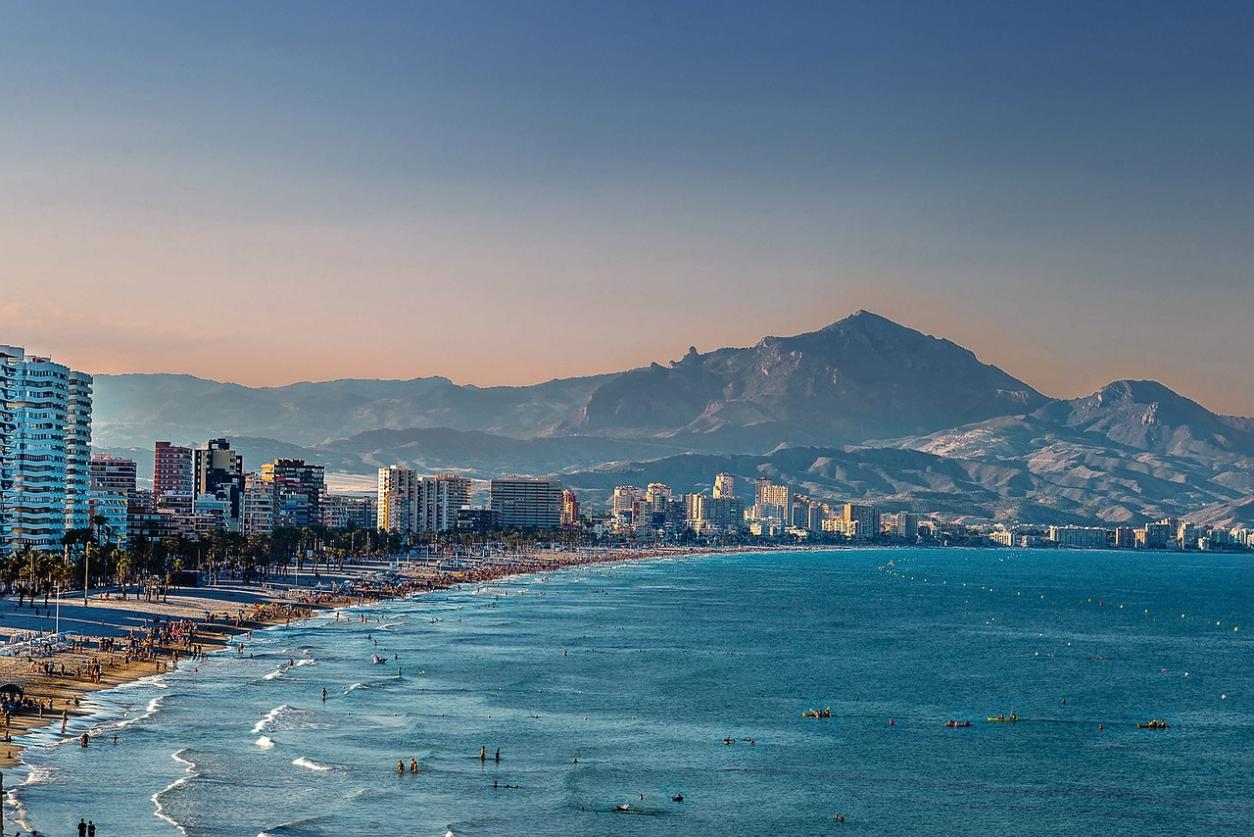
Costa Rica, a gem in Central America, is renowned for its incredible biodiversity, stunning landscapes, and commitment to conservation. With lush rainforest, pristine beaches, and active volcanoes, it offers a paradise for nature lovers and adventure seekers. A road trip through Costa Rica is an excellent way to explore its diverse regions, from the vibrant capital of San José to the tranquil beaches of the Pacific and Caribbean coasts. The country’s well-maintained roads and compact size make it easy to navigate, allowing travelers to discover hidden gems, experience local culture, and enjoy outdoor activities like hiking, surfing, and wildlife watching. Costa Rica’s warm hospitality and eco-friendly ethos make it a perfect destination for an unforgettable road trip adventure.
Car Rental Tips
Book in Advance
Generally, we recommend that you make your reservation one month in advance so that you could choose the desired vehicle and date.
If you proceed directly to the car rental store without an booking, it is likely that the car you need might be unavailable.
- If you are already a QEEQ diamond member, you only need 1$ to freeze your booking and make the rest of the payment before pick-up, which does not affect your credit card limit.
Required Documents
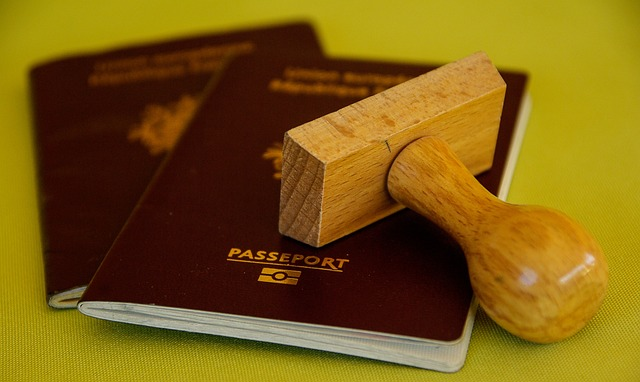
Passport, Driver’s License, IDP(Optimal), Credit Card
International Driving Permit (IDP) is highly recommended, which allows you to drive legally in countries that need one. But sometimes if the country you are traveling to does not require one, you can leave this part.
If it is inconvenient for you to apply an IDP, generate a free driver’s license translation on QEEQ.com(Japanese site only).
Car Choices
The choice of your car depend largely on the duration of your trip, passenger number, luggage amount and road conditions.
- City Driving for small groups (1-3 passengers)
If you are a couple, or travel with a friend or two, or if you travel alone, a reasonably priced small car would be a good choice.
Compact size cars have 4 to 5 seats. We recommend sparing one passenger capacity so you could relax and have more space.
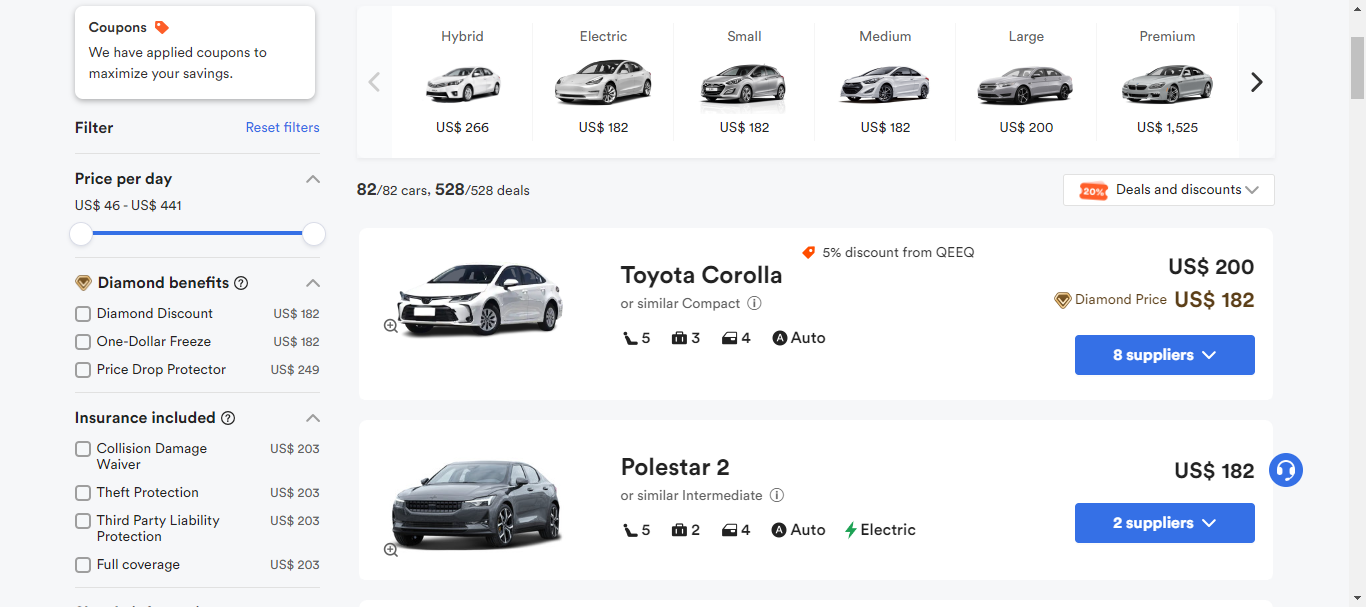
- 4 to 5 passengers including children and elderly
Medium and large size cars are recommended. These models could still possess a fair mount of space with 2 to 3 suitcases. SUVs are suitable for hybrid road conditions. Eco-friendly cars such as the Prius could save your spend on gasoline. Choose what you need giving you peace of mind on long trips.
- Traveling in a group of 6 or more
It would be a wonderful experience to choose a van for everyone to have his or her own seat. These models accommodate a passenger capacity from 7 to 12 people. While it is noticeable that large cars cannot make quick and sharp turns. So we recommend renting two small or medium-sized cars if you spend a lot of time driving through towns.
Online Booking Process

We are endeavoring to make your booking as convenient as possible. Enter our website QEEQ.com, log in, enter the required information, and follow the instructions, you are free to rent your desired car.
Insurance
What Insurances Are Available?
- For Autopilot Cars:
- Insured: Protection for the person renting the car, including passenger accident insurance and personal accident insurance (PAI). This includes the personal safety of the driver, passengers, and their personal belongings.
- Automobile Insurance: protection for the vehicle of the renter. Collision Damage Waiver (CDW) is one example.
- Third-party Insurance: insurance that protects third parties other than the renter and the car rental company. Basic Third Party Liability (BTL) insurance, etc.
International car rental booking will include the basic insurance required for car rentals: Vehicle Damage Coverage, Theft Protection, and Third Party Liability Insurance.
The deductible is the maximum amount of money you’re liable for in the event your rental car is damaged or stolen as long as you follow the conditions of your rental agreement. For example, the deductible is 1000 dollars, if the damage to the rented car is less than 1000 dollars, the customer pays; if the damage is more than 1000 dollars, the customer pays up to 1000 dollars; and the store’s insurance company pays for the part exceeding 1000 dollars.
Many travelers want more comprehensive coverage and purchase additional insurance. Personnel, vehicle and third-party coverage varies by insurance type. Here are some examples of common types of insurance (note: more checks means more coverage):
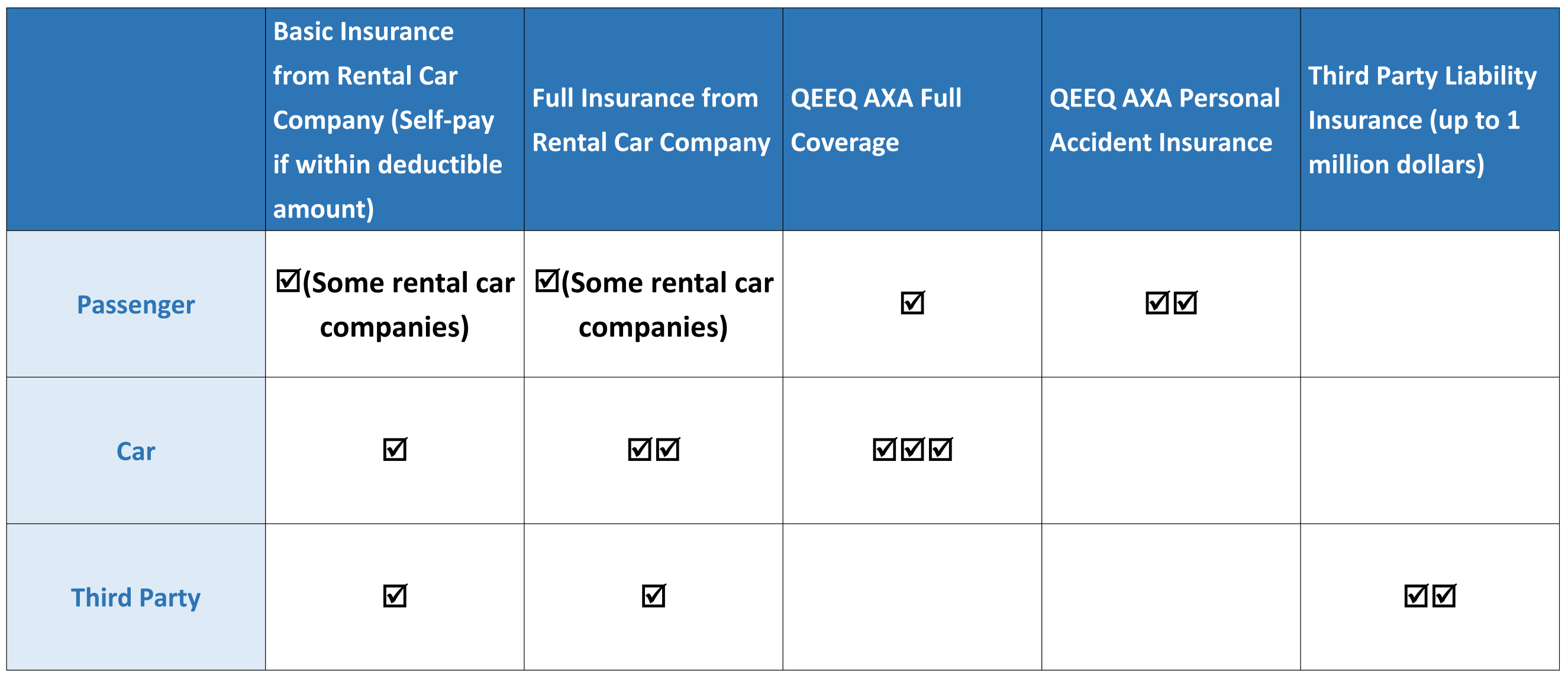
When and How to Purchase Insurance
There are two ways to obtain insurance: one is to purchase insurance when booking the car online; the other is to purchase insurance at the local store where the car is rented when picking up the car.
Generally, insurances provided by rental car companies usually has narrower coverage, higher premiums, so purchasing insurance online when booking the car is highly recommended.
How to Choose Insurance
If you are traveling with limited budget, it is better to choose the kind of insurance policy with the most comprehensive coverage. The main reasons are:
- Firstly, repairing fee for the car would probably be higher abroad.
- Secondly, in case of an accident, the medical cost and compensation are very high.
- Thirdly, the wider the coverage, the less the troubles you would deal with, which saves tons of time and energy.
Taking automobile insurance as an instance, comparing to common insurance policies, the most comprehensive insurance coverage, including glasses, tires, chassis protection, and considerations for special road conditions such as sand and rocks, is very necessary, but basic insurance of car rental companies usually does not include full coverage as such.
Picking Up the Car
Check Before Departure
Before proceeding to the car rental shop, make sure you have brought with you all necessary documents for picking up the vehicle, and two international credit cards is recommended to ensure that there is enough credit limit for pre-authorization.
Proceed to the Car Rentals
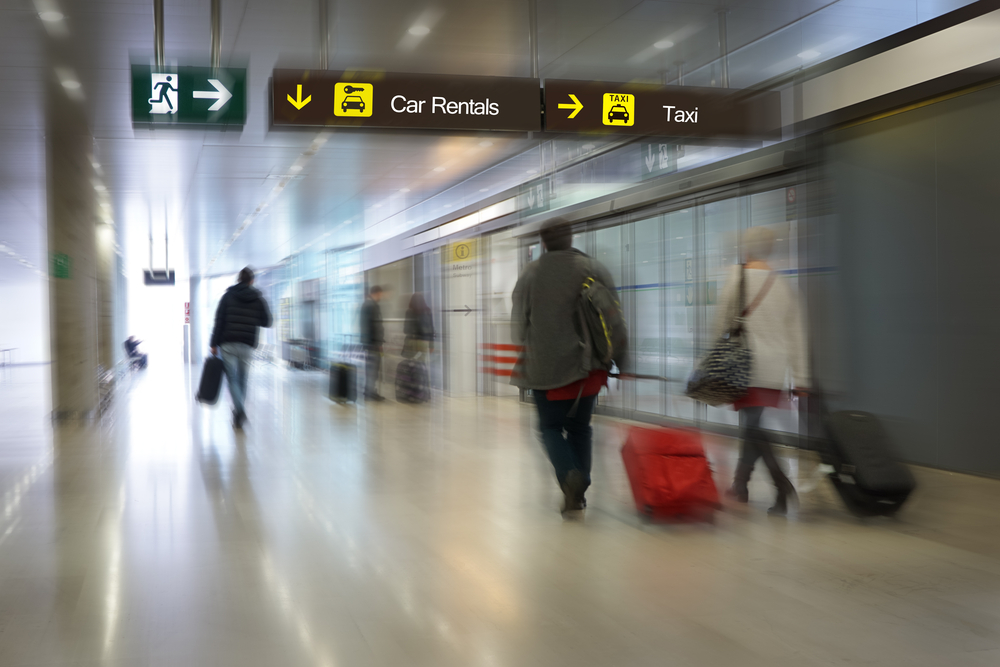
If there is a pickup store nearby, you could just walk there, following signs for airport rental cars.
If the rental car center is far away, there is usually a free shuttle bus bound for the rental car center. Shuttle buses run every 10 minutes approximately, so take the bus when you see the logo of your car rental company.
If the shuttle is not available, you can contact the car rental company and wait for staff member to pick you up at designated location. In case you have difficulty communicating with the store staff, please call QEEQ and we will assist you in English or other languages.
Inspect the Car

When you receive your reserved vehicle, inspect the bodywork for damage. At that time, it’s a good idea to document the entire process with your smartphone camera or take a picture of the dashboard. Because if you forgot to check the condition of your vehicle before departure, you may be charged for wronged damage repairs when you return it.
Payment
Payment is due on the day of the rental unless you are paying online or purchasing a tour package.
Insurance is usually included in the rental price, but some car rental companies offer paid options for more comprehensive coverage.

Last but not least, keep all contracts and documents safe for possible further usage. Once you have received your keys, check the seat heights, mirror positions, secure child seats, and then you are ready to go!
Traffic Rules and Signs
Drive on the Right
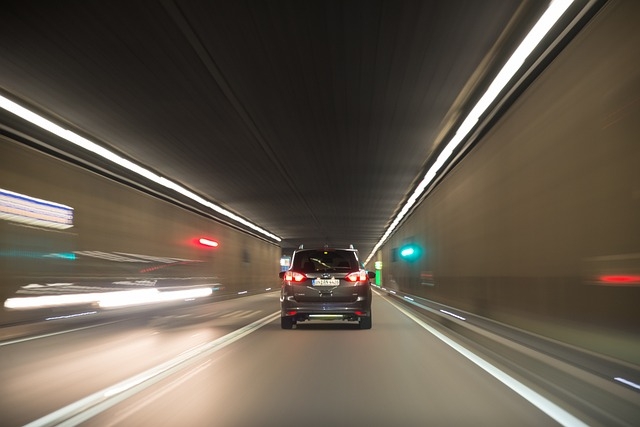
In Costa Rica, vehicles drive on the right side of the road. And overtakes are made on the left. Pay special attention if your country differs from that and spend some time to adjust to it.
Car Rental Age
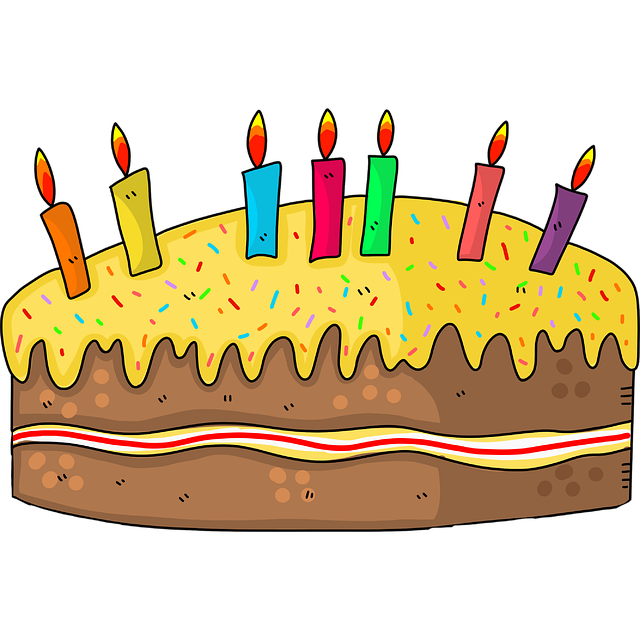
The legal car rental age in Costa Rica is 25 years old. And the legal driving age is 18.
Speed Limit
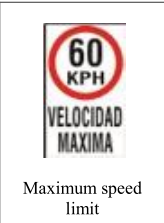
25 km/h near schools
40 km/h in built up areas
120 km/h on highways
80 km/h in rural areas
Using a Phone
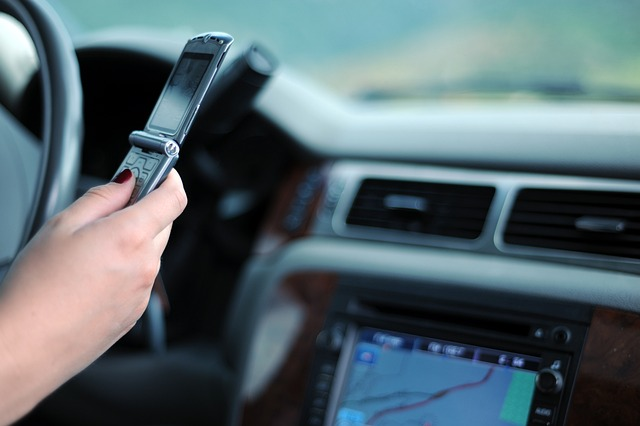
It is allowed to use your phone only with a hands-free device while driving. But holding it with your hands is not allowed.
Drinking While Driving
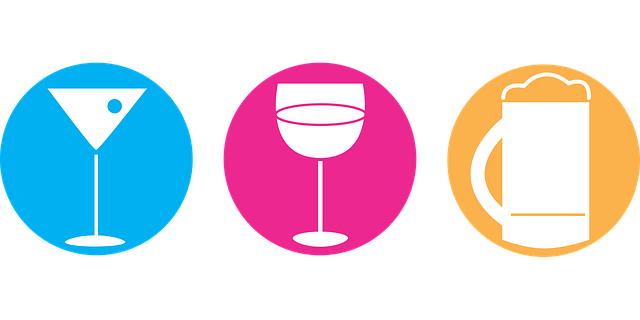
The limit for alcohol in the blood in Costa Rica is 50mg per 100ml of blood – slightly less than in the UK. Given the heavy penalties which include a big fine, invalidation of insurance and possibly jail time, it’s better not to drink and drive at all in Costa Rica.
Safety Belts and Child Seat
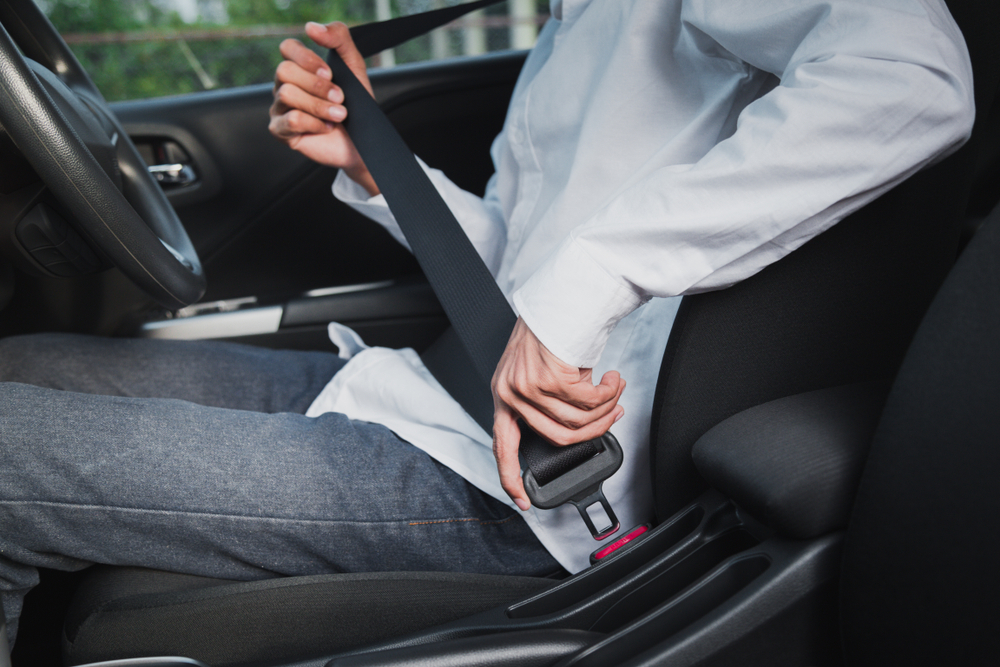
Safety belts are required both for drivers and passengers from the front to rear. Child restraints are required for children under 12 or 145 cm.
Common Road Signs
For more road traffic signs you will see in Costa Rica, visit this website of Costa-Rica-Road-Traffic-Signs and you can download the PDF file of multiple road signs displayed.
Handy Phrases
Many of the road signs in Costa Rica are written in Spanish, and during your trip you might need some help at the gas station. These phrases would be helpful to get you informed and make your trip easier and more pleasant:
- Give way – Ceda el paso
- Traffic lights – Semaforas
- Right of way – Prioridad
- Exit – Salida
- Danger – Peligro
- No parking – Prohibido aparcar
- Slow – Despacio
- Lane – Un carril
- City centre – Centro ciudad
- Carretera – Local Highway
- Roadworks – Obras
- Where is the nearest petrol station? – ¿Donde es la gasolinera la más cercana?
- Excuse me, I’m lost – Por favor, estoy perdido…
- Go straight on – Siga todo recto
- Turn right – Toma el giro a la derecha
- Turn left – Toma el giro a la izquierda
- Detour – Desviacion
- Toll Road – Carretera de Peaje
- Road Closed – Cerrado.
- Road Open – Abierto
- Motorway – Una autopista
- One way street – Direccíon unica
- Dual Carriageway – Autovia
Highways and Tolls
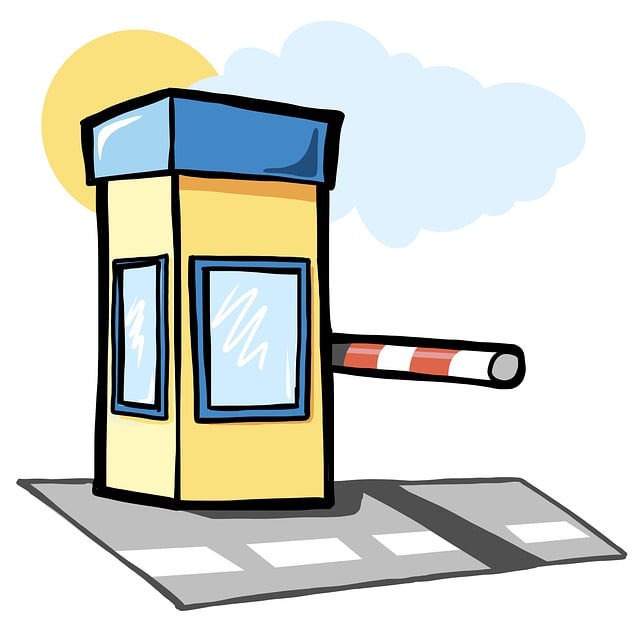
Toll Roads
Costa Rica has a well maintained highway network. While most of the roads are free except a few tolls needed for some roads. Here are the main toll roads in Costa Rica:
- Route 27 from San Jose to Caldera (Pacific Coast)
- Highway 1 (near San Jose)
- Highway 2 (near San Jose)
Toll Payment

For rental cars the tolls are mainly paid manually. That is to say to pay in cash or credit card at the toll booth in manual lanes with the assistance of a staff. The toll prices are listed above. For more detailed information, you can visit Costa Rica Toll Road.
Refueling and Parking
Gas Service
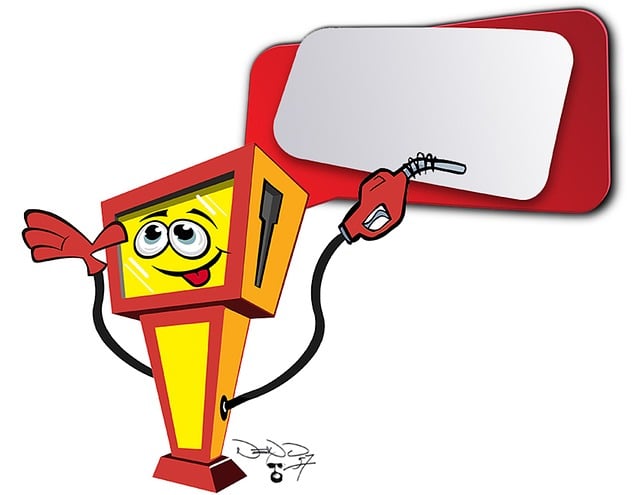
Fuel Prices in Costa Rica (Nov, 2024):
- Unleaded Gas: 1.25 euros
- Diesel: 1.01 euros
The gasoline in Costa Rica comes from a supplier called RECOPE (Refinadora Costarricense de Petróle). No matter where you go, the gas price would be exactly the same, because it is regulated by the government. The measurement is liter, not gallon.
Parking

In Costa Rica, when parking in town or at places like strip malls and grocery stores, you might encounter a “guachiman” or “cuidacarros,” an informal security guard who watches over your car. These individuals, whose name likely stems from a mispronunciation of “watchman,” assist with parking and ensure your vehicle’s safety from theft while you’re away. Although they may seem like part of an unorganized group, they generally provide honest services, including helping you navigate traffic when leaving your parking spot.
- Yellow Curb: No Parking Zone
In Costa Rica, a yellow curb indicates a no-parking zone. Many cities prohibit parking in downtown areas unless it’s in a private lot. Look for yellow-painted curbs or signs saying “no estacionar” to avoid parking violations. Ignoring these signs could result in a ticket or having your vehicle’s tag removed by the police.
- Epark
In some Costa Rican cities like San Jose, Puriscal, Atenas, Goicochea (Guadalupe), Cartago, and San Carlos, parking meters are being replaced by the Epark App. Available on Apple and Google stores, Epark allows you to enter the number printed on the sidewalk where you parked and specify your parking duration. When leaving, update the app to adjust your balance for future use. Cities offering Epark have signs indicating its availability. Interestingly, parking in the wrong direction, as shown by the white pickup truck, typically doesn’t result in a ticket.
Accident Handling
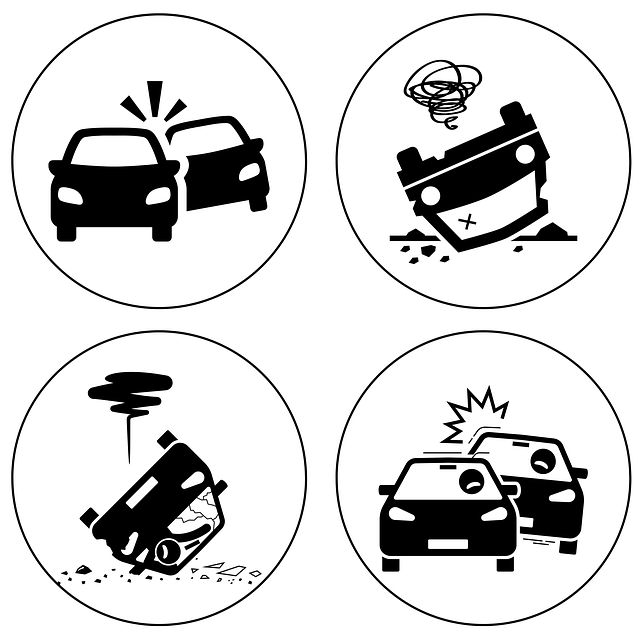
If you are involved in a traffic accident, do not panic. Check whether the passengers are injured, help yourself and seek help from passersby. Emergency contacts are available at any time.
- Police: 911
- Fire: 911
- Ambulance: 911
Scratch
Ensure the safety of personnel→Move the vehicle to the side of the road without obstructing the traffic→Call 911→Take photos or videos of the condition of the vehicle →Register the accident by police and keep a proper record of the accident→Contact the rental car company and insurance company.
Theft
Call 911 → Police take notes → Insurance report → Verify information → Payment
Malfunction
Call the rental car company → They will send someone nearby to tow your car or change a tire.
If the rental car company is unable to help you, contact a towing service with the help of the police. Car repairs are very expensive sometimes, so it is important to have insurance.
Roadside Assistance
You can contact the car rental company for basic roadside assistance:
AVIS: 1-800-352-7900
SIXT: 1 (888) 749 8227
Budget: 800-218-7992
Thrify: 1-800-283-0898
Hertz: 1-800-654-5060
ACE: (877) 822-3872
Dollor: 800-235-9393
Yesaway: 1 424-800-4990
For more local car rentals, please visit Costa Rica rent a car.
Returning the Rental Car
To return the car, just drive back to the rental car company, but pay attention to the following things:
Refuel Before Returning
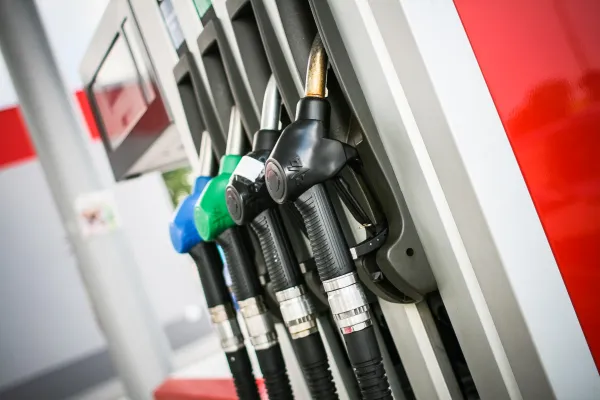
Usually, the basic rule for returning a car is to refuel the gas before returning it to the rental car company.
Even if the time is up, and there may not be a convenient gas station, it’s okay to drive for a while (about 5 kilometers or so) after refueling.
If you tried to return the car after the due time without refueling, or if you drove an excessive long distance after refueling, we will calculate the remaining time and charge you an additional fee.
Inspect the Car
When you arrive, we will have a representative inspect your vehicle for damage. If it had any damage, additional payment would be made.
Reconcile the Fee
When you return the car, the staff will check and record the vehicle and print the settlement list on site. Please check the list carefully, and if you have any unknown charges, you can raise them in person or call customer service to solve the problem.
Keep the Contract and Document
After returning the car, it is recommended to keep the contract and receipts in a safe place in case of needs.
Help after Trip
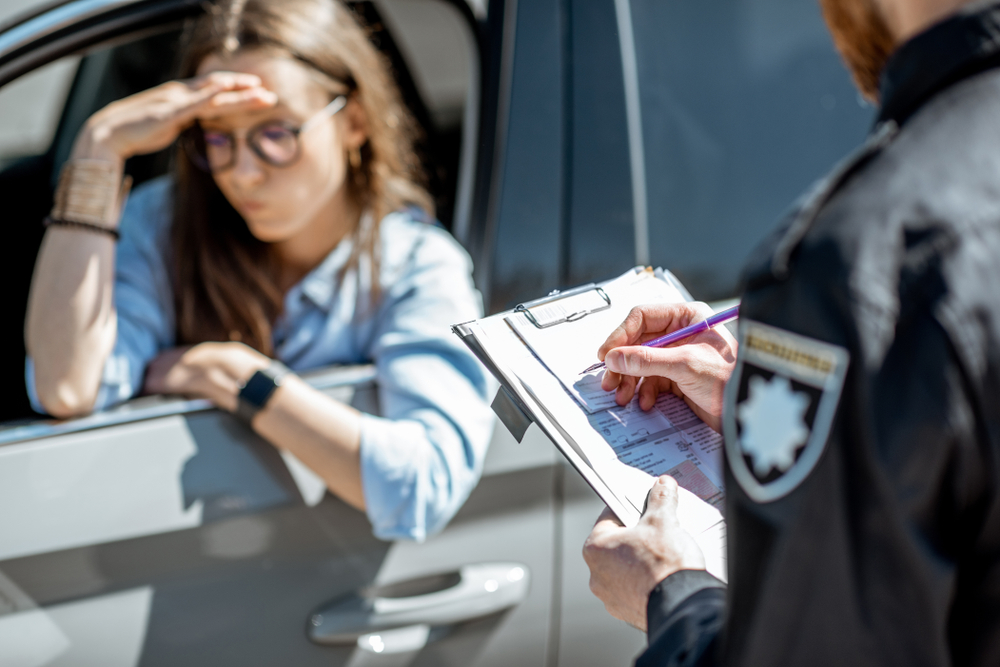
Traffic Citation
How to Pay Fine Ticket:
There are two main methods to pay a fine: ATM transfer or manual payment.
We recommend you to pay the fine as soon as possible, otherwise you may have to pay a late fee. If you can’t deal with it right away, tell the car rental company when you return the car, and you can let the company charge your credit card directly, but it usually requires a service fee.
Insurance Claim
If you bought a full coverage insurance, you would receive a fast claim settlement. The following documents should be prepared:
- Passport
- Driver’s License
- Credit Card Checkback History
- The Car Rental Contract
- Car Damage Deduction Bill
For more detailed information, check the terms and conditions of insurance company:
https://www.qeeq.com/term?info=axa_policy&browser_open=1
Unknown Charges after Trip
If you received an unexpected deduction when you return to your home country, it might be that your violation fee is paid by the car rental company, but usually the deduction amount will be more expensive than the violation fee because that includes the management fee charged by the car rental company. If you don’t know what the violation was, you can contact our customer service for help. Here are some of the traffic violations and fines:
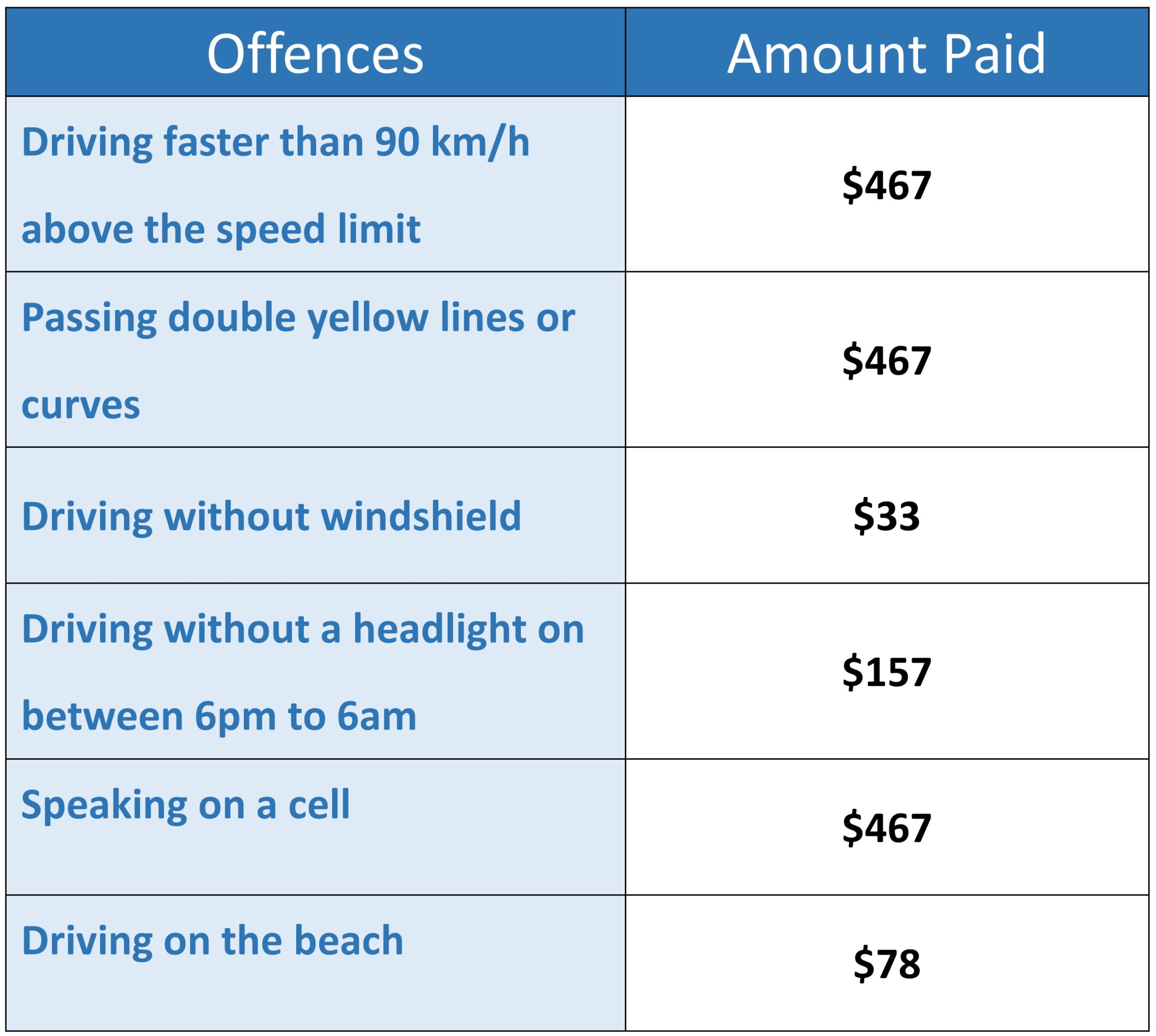
Classic Routes
Though the highways in Costa Rica are well maintained, but in some road conditions a 4WD vehicle is needed for a better driving experience. Before you go on hit the road, plan your route in detail and decide in advance whether to rent a 4WD car or not.
Northern Plains
- San José to La Fortuna
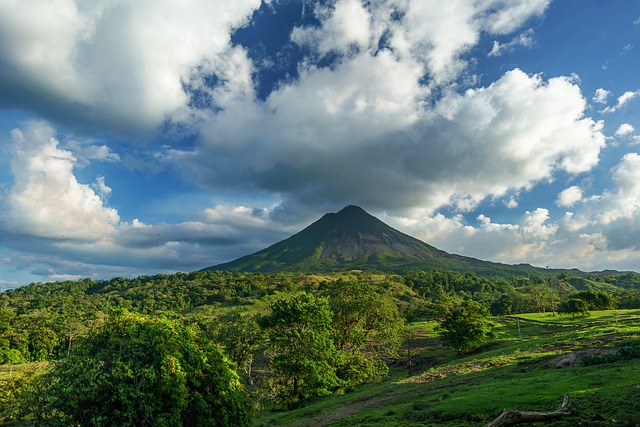
The road trip from San José to La Fortuna, spanning 130km (81 miles) and taking about three and a half hours, is perfect for outdoor adventure enthusiasts. After navigating San José’s traffic, the journey becomes straightforward, combining major highways like Rte 1 and scenic, curvy roads through small towns. Upon reaching La Fortuna, a plethora of activities await, including hiking ancient lava fields, mountain biking, horseback riding, and white water rafting. Lake Arenal offers windsurfing and kayaking, while the volcanic hot springs provide relaxation. For a smoother drive, consider traveling mid-morning, avoiding weekends when locals flock to the hot springs.
- La Fortuna to Monteverde
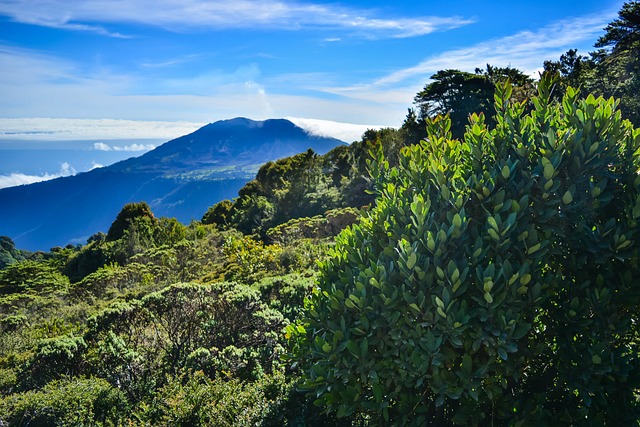
The road trip from La Fortuna to Monteverde, covering 183km (114 miles) in about three and a half hours, offers breathtaking scenic views. The journey begins around Lake Arenal on Rte 142 towards Tilaran, transitioning to steep, winding dirt roads on Rte 145, where a 4WD is recommended. As you ascend on Rte 606, you’ll pass small farms and coffee fincas, entering the lush cloud forest teeming with wildlife. On clear days, enjoy views of both the Pacific and Caribbean coasts. Nature enthusiasts can explore the forest through day and night hikes or zip-line with Sky Trek Monteverde. Remember to refuel in La Fortuna, Nuevo Arenal, or Tilaran, as there are no gas stations until Monteverde.
South Pacific
- Drake Bay and the Osa Peninsula
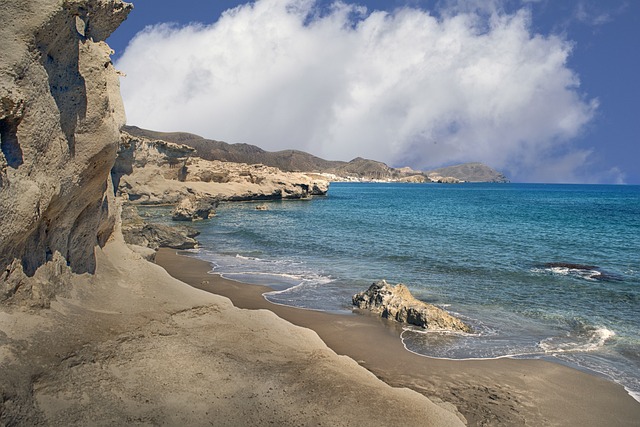
The road trip from Manuel Antonio National Park to Drake Bay, spanning 211km (130 miles) and taking about five hours, is perfect for those seeking an off-the-beaten-path adventure. Journey through the Osa Peninsula‘s untouched beaches and steamy jungles, home to scarlet macaws and squirrel monkeys. A 4WD is essential for crossing multiple rivers and navigating unpaved roads after Rincón de Osa. Drake Bay serves as a gateway to snorkeling and scuba diving at Caño Island, as well as dolphin and whale-watching tours. Explore Corcovado National Park’s trails, rich with wildlife, and unwind with stunning sunsets. Consider a detour to Parque Nacional Marino Ballena for dolphin and whale sightings and nesting sea turtles.
Guanacaste
- Guanacaste and the Nicoya Peninsula
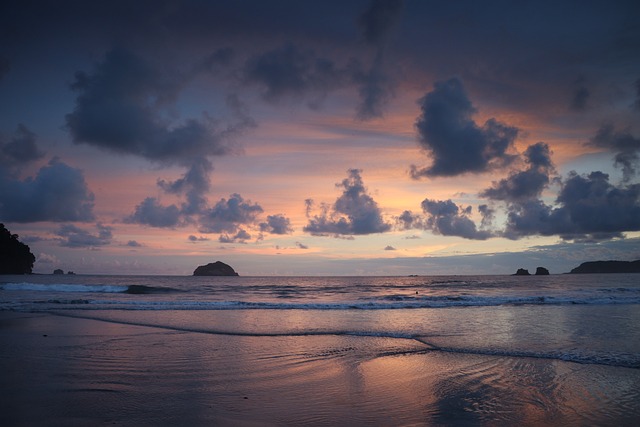
The road trip from Liberia to Santa Teresa, covering 265km (165 miles) and taking around six hours, is ideal for beach enthusiasts eager to explore Guanacaste and the Nicoya Peninsula. Known for its stunning beaches, world-class surf, and breathtaking sunsets, this region offers a perfect beach getaway. Starting from San José via Rte 27 or Liberia via Rte 21, head to Tamarindo for surfing, snorkeling, and dolphin-spotting. Enjoy the tranquil waters of Playa Sámara and kayak to Isla Chora for snorkeling with sea turtles. Continue 171km (106 miles) to Santa Teresa, a bohemian beach town perfect for surfing, yoga, and indulging in delicious sushi. Allow a few days to fully experience the diverse beaches along the way.
- The Monkey Trail
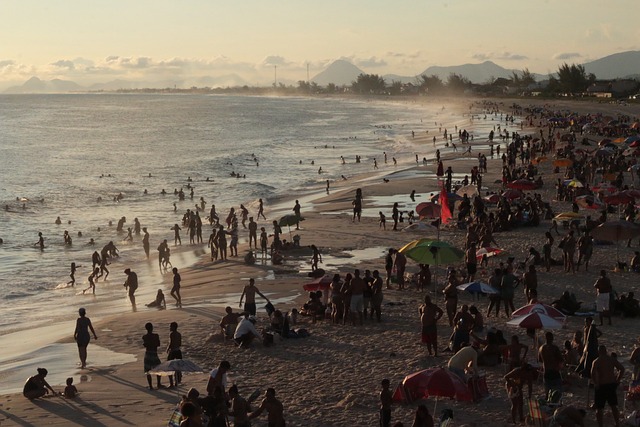
The Monkey Trail, a 30km (19 miles) route from Playa Hermosa to Potrero in Guanacaste, is perfect for thrill seekers. This adventurous shortcut, known as Rte 911, offers a more exciting alternative to the calmer Rte 21. The curvy mountain pass includes a river crossing with varying water depths, requiring a 4WD during the rainy season. The trail leads to Potrero, a laid-back town with a dark-sand beach ideal for swimming, kayaking, and stand-up paddleboarding. For more excitement, Playa Flamingo’s sugar-white sands, restaurants, and resorts are just a 10-minute drive south. Allow extra time to fully enjoy this adrenaline-fueled journey.
Useful Information

Emergency Contact:
- Police: 911
- Fire: 911
- Ambulance: 911
- Costa Rican Tourism Board: +506 2299-5800
- Tourism Service Department: +506 2299-5827
- Tourist Information Center: +506 2222-1090
- Daniel Oduber International Airport: +506 2668-0095
Car Rental Companies:
- AVIS: 1-800-352-7900
- SIXT: 1 (888) 749 8227
- Budget: 800-218-7992
- Thrifty: 1-800-283-0898
- Hertz: 1-800-654-5060
- ACE: (877) 822-3872
- Dollar: 800-235-9393
- Yesaway: 1 424-800-4990
Websites:
- Official Tourism: visitcostarica.
- Embassies: embassypages.com/costarica
- Costa Rica Road Traffic Signs: Costa-Rica-Road-Traffic-Signs.
Thank you for reading through to the end, enjoy your road trip!